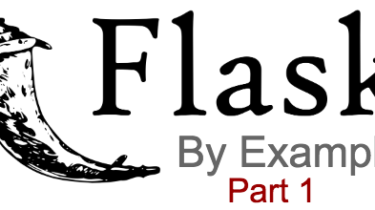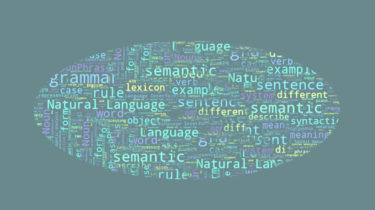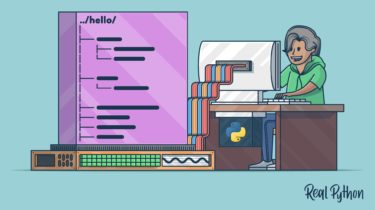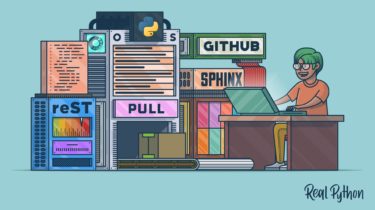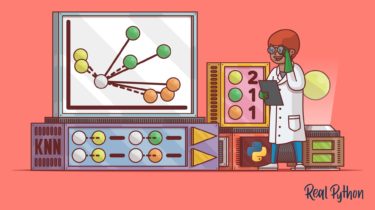A Simple Guide to Metrics for Calculating String Similarity
Introduction One of the applications of Natural Language Processing is auto-correction and spellings checks. All of us have encountered this that if we type an incorrect or typo in the Google search engine, then the engine automatically corrects it and suggests the right word in its place. How does the engine do that? How does it know what word we wanted to write or ask? That is what we will be covering in this article. The methods available to check […]
Read more

